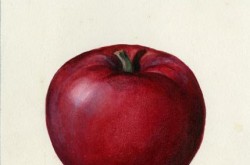Frederick Banting, 1891–1941
This article was originally written and submitted as part of a Canada 150 Project, the Innovation Storybook, to crowdsource stories of Canadian innovation with partners across Canada. The content has since been migrated to Ingenium’s Channel, a digital hub featuring curated content related to science, technology and innovation.
Nobel Prize Winning Discovery
Frederick Banting shared the 1923 Nobel Prize in Medicine for the discovery of insulin with fellow Canadian John Macleod. After serving in the First World War as a doctor, Banting became interested in diabetes. He focused on the potential for tapping the pancreas’ internal secretions to help people with diabetes regulate their blood-sugar levels — since they cannot metabolize carbohydrates, their blood sugar rises to life-threatening levels.
Banting asked Macleod, a diabetes researcher at the University of Toronto, for support. Macleod gave Banting a laboratory and an assistant, Charles Best. Banting and Best experimented with dogs and achieved promising results using canine pancreatic extracts. With biochemist James Collip, the team refined its methods, isolating and purifying the metabolism-regulating hormone from bovine pancreatic extracts.
In 1922, the team treated their first patient, a young boy named Leonard Thompson, at the Toronto General Hospital. The hormone, which they named insulin, was soon being produced in quantities that saved lives around the world.

























